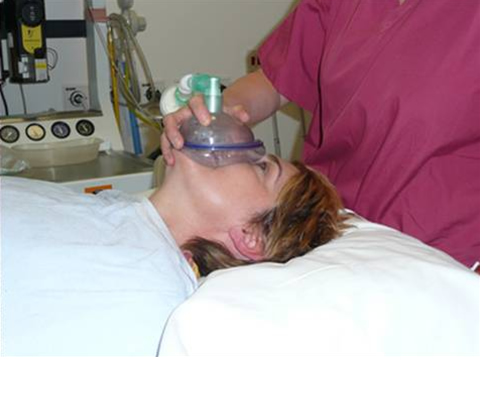Most general anaesthetics start with an intravenous induction using a drug such as propofol. Anaesthesia then needs to be maintained for the duration of surgery. This is most commonly done by introducing a volatile anaesthetic often referred to as an 'anaesthetic gas'.
This session focuses on two commonly-used volatile agents: isoflurane and sevoflurane. There are other available volatile agents such as halothane, enflurane and desflurane and you may see these used in your hospital. In addition to oxygen and a volatile agent, you will have seen nitrous oxide used as a 'carrier' gas that also plays an important part in maintaining anaesthesia.
The session also introduces the concepts of minimum alveolar concentration (MAC) and oil:gas partition coefficient, both of which relate to the potency of these agents. Factors that alter the MAC value are discussed, and also factors that influence the speed of onset of anaesthesia, such as the blood:gas partition coefficient. Finally, important cardiovascular and respiratory side-effects are described.
